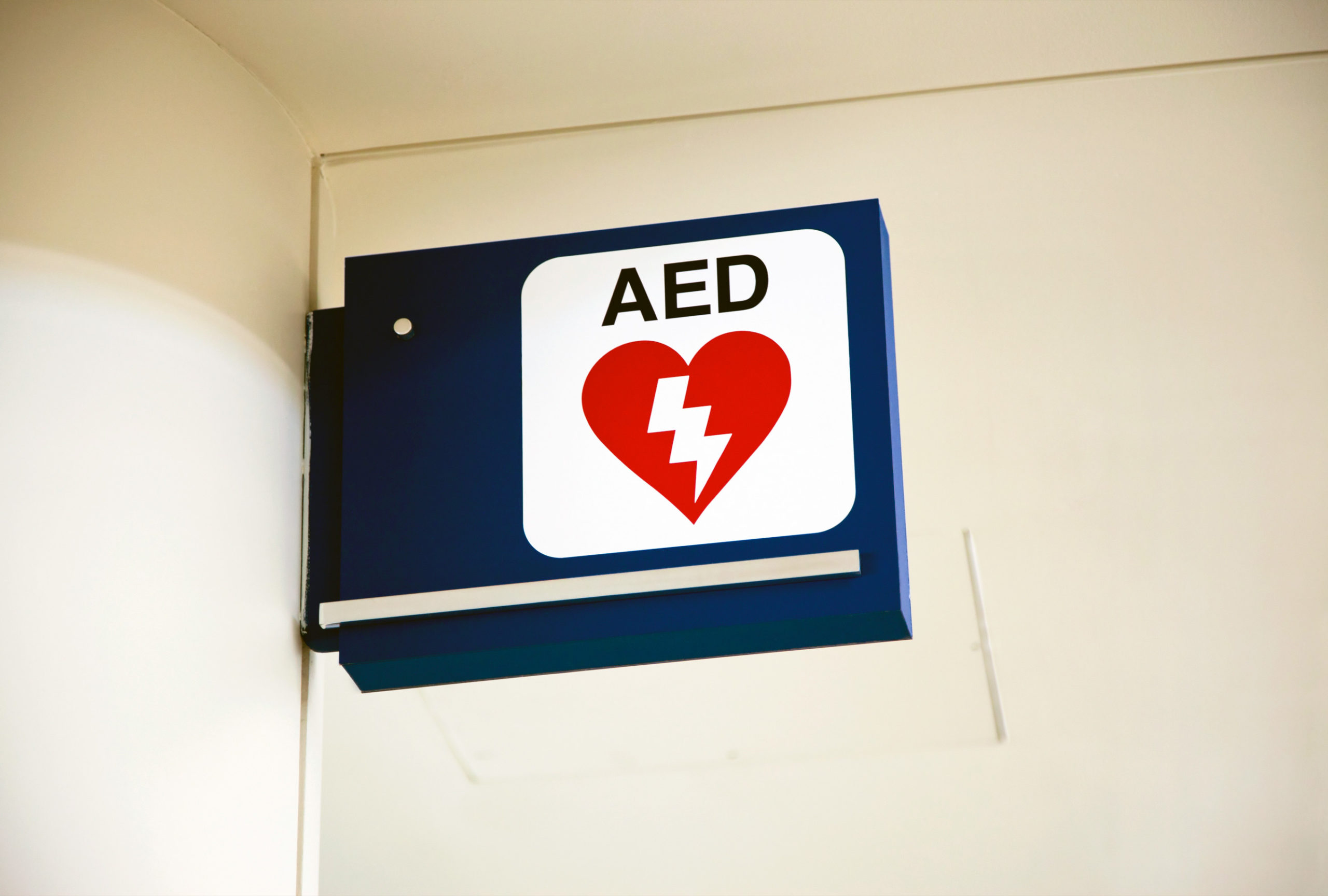Automated external defibrillators are easier to use than you might think — and they save lives.
If someone with you experiences sudden cardiac arrest, do you know how to respond?
When a person develops sudden cardiac arrest, the heart suddenly stops beating. Using an automated external defibrillator, or AED, to restore the person’s normal heart rhythm will provide the best chance of survival.
What does an AED do?
An AED is a portable medical device that you can use to help save someone who’s experiencing sudden cardiac arrest. The device analyzes the person’s heart rhythm and if it recognizes an abnormal heart rhythm, it delivers an electric shock to re-establish a normal rhythm again, a process known as defibrillation.
AEDs are often available in public spaces, such as airports, sporting venues, shopping malls, convention centers and even schools.
AEDs are much easier to use than you may realize.
Some people are afraid they won’t understand how to use an AED. They’re afraid the device will be complicated, and they won’t be able to use it correctly.
An AED is fairly simple to use, said Dr. English Flack, associate professor of pediatric cardiology for Monroe Carell Jr. Children’s Hospital at Vanderbilt and medical director for Project ADAM Middle Tennessee.
The device is set up to lead you through the entire process, whether you already know how to use it or not. After you open the device, its visual and voice prompts will tell you how to proceed. You put the adhesive electrodes on the person’s chest and then just listen for the voice prompts.
“It will actually tell you ‘shock not advised’ or ‘shock advised.’ It will tell you very plainly whether or not this person needs a shock from the AED,” Flack said. “And it will also tell you to continue CPR. So you just do whatever it says until emergency help gets there.”
You won’t hurt someone by using an AED on them.
A common misconception about the AED is that you might hurt someone by using it if the person is not actually experiencing sudden cardiac arrest.
If someone collapses and does not respond, it’s much better to get out the AED, put the electrodes on the person, and let the device analyze the person’s heart rhythm. The device will only deliver a shock if it determines that it’s necessary. But if you wait or don’t act and the person is actually experiencing sudden cardiac arrest, they might not survive.
“The only thing that will bring them back from a sudden cardiac arrest is a shock from an AED,” said Angel Carter, BSN, RN, program coordinator for Project ADAM Middle Tennessee, a program affiliated with Monroe Carell Jr Children’s Hospital at Vanderbilt to assist schools in placing AEDs and providing emergency response training to faculty and staff.
It’s important to call for emergency help, too.
If someone collapses in front of you, you might be tempted to panic first and act second. It’s critical to act immediately. Call 9-1-1 and request emergency help. Send someone to get an AED if there’s one nearby and start CPR immediately. When the AED arrives, open it up and use it immediately. Using that AED on a person experiencing sudden cardiac arrest can literally mean the difference between life and death.
Help for Schools
Project ADAM Middle Tennessee is available to help any school that needs assistance in preparing its AED emergency plan or to train people how to use AEDs. The service is free.

